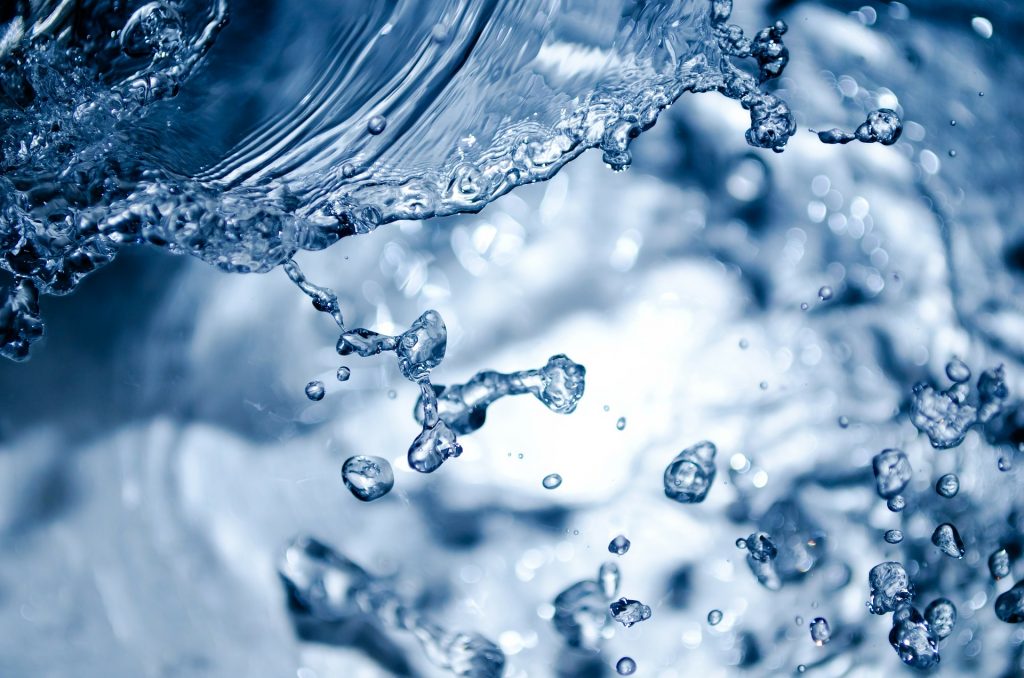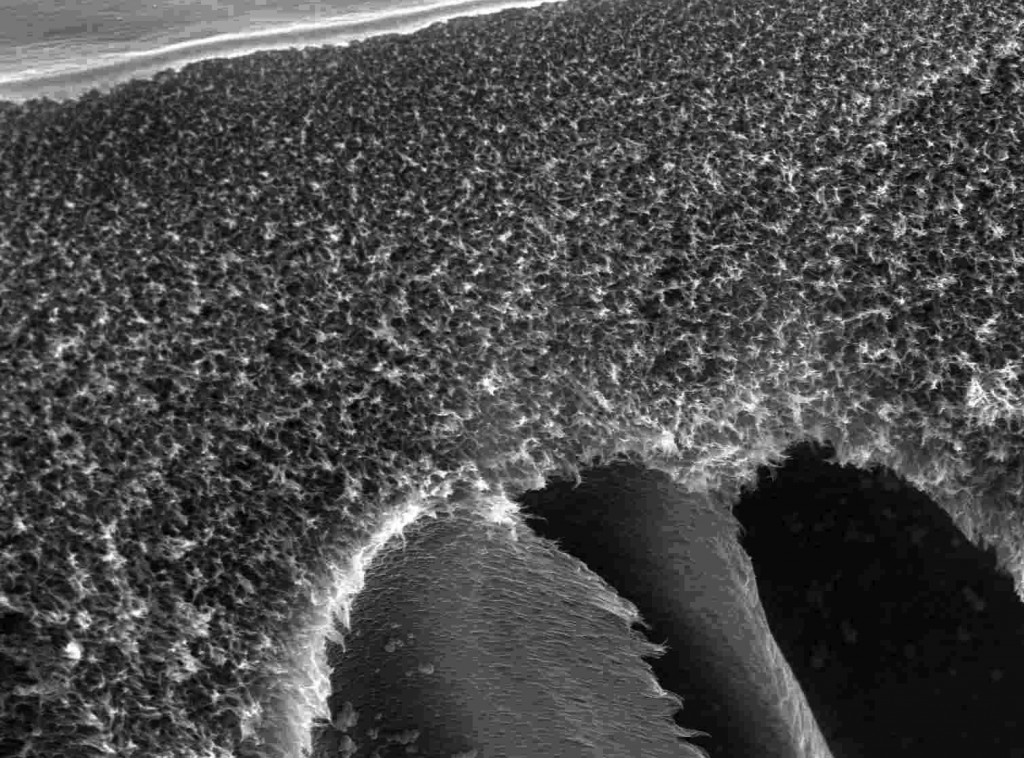- Forward osmosis is not dead – interview with leading water consultant Walid Khoury - August 30, 2020
- Listing of major commercial & academic FO players on ForwardOsmosisTech - April 12, 2020
- 0.26MGD FO-SWRO Hybrid for seawater desalination achieves 25% energy reduction compared to MF/SWRO - December 14, 2019
What to do when structural parameter equations yield negative S-values?
We recently received this question from Maxime, a Phd student at KU Leuven, who is working on TFC membranes for forward osmosis applications together with a thesis student. Has anyone else had similar experiences?
Full message from Maxime
Dear,
I am Maxime Corvilain, Phd student of the membrane research group of KU Leuven, Belgium of Ivo Vankelecom.
Lately, I’m working with a thesis student (undergraduate) on TFC membranes for forward osmosis applications.
I tried to calculate the effective structural parameter for these membranes.
Seff = K*D
However, for the FO mode, sometimes i obtain negative values for S since the argument of the natural logarithm (ln) function in the formula of K is between 0 and 1.
For the PRO mode, it is even not possible to calculate the solute resisitivity K, since the argument of the ln function becomes negative.
I also used the calculator on the website and had similar outcomes.
I believe this has to do with the discrepancy of the RO and FO data obtained for these membranes.
The A and B values of these membranes are quit low compared to the water flux Jw in FO. It could be that the pressure is influencing the properties of the PA thin film.
I have read following papers of professor McCutcheon:
1) Model thin film composite membranes for forward osmosis: Demonstrating the inaccuracy of existing structural parameter models
2) Modeling the effect of film-pore coupled transport on composite forward osmosis membrane performance
Do you think that the structural parameter is a good way to compare the FO performance of membranes?
I think some membranes cannot be described by it…
Thanks in advance



Hi,
From your description of the negative S value obtained, I assume that your membrane has low A value in RO test but very high Jw in FO test. If the A*∏D,B is lower than Jw, you will definitely get negative value from the formular S = (D/Jw)*ln((B+A*∏D,B)/(B+Jw+A*∏F,m)). However, due to concentration polarisation effect, A*∏D,B should be always higher than Jw. In the most ideal case, A*∏D,B=Jw when it is a perfect membrane and S is very close to 0.
The negative S value you obtain could be due to a few reasons:
1. the membrane send for RO test has different properties with the membrane send for FO test.
2. the membrane is leaky in FO test (become a UF) so that the high Jw value obtained is not only driven by osmotic pressure, but also hydraulic pressure in the feed side. so there is an over estimation of Jw in the FO test result.
In general, the equation above is more accurate when there is strong ICP effect in the membrane substrate. For more accurate estimation, it is highly recommended to use the FO model prediction method (4-stage FO test) to estimate the structural parameter. The following paper used a more comprehensive model which included both ECP and ICP.
http://www.sciencedirect.com/science/article/pii/S0376738815000988
Hi,
If we assume an ideal membrane (A*∏D,B=Jw ) and we use 1 M NaCl draw solution and ultra pure feed solution, can we use directly “∏D,B” as osmotic pressure of draw solution (∏ = i.M.R.T)? More clearly, when we know water flux (for example Jw=20 LMH), and osmotic pressure of 1 M NaCl at 298 K (49.55 bar), could we simply calculate (estimate) by 20/49.55= 0,4 LMH bar.
Similarly, how can we calculate/estimate B coefficient according to your s-value calculator? When we know reverse salt flux (for example Js=5 GMH) and solute concentration difference across active layer (can we use directly difference between DS and FS, for 1 M = 58.44 g/L), could we simply calculate (estimate) by 5/58.44= 0,085 LMH?
In this case S value is calculated as: -57.61 um.
Dear Murat,
Thanks for reaching out. FO membrane A & B values cannot be calculated / estimated the way you suggest. Typically, low pressure RO (dead end filtration) experiments are performed to determine A & B values (check out our guide for more information http://www.forwardosmosistech.com/guide-how-to-measure-forward-osmosis-membrane-performance/).
Kind Regards
Mark
Dear Mark,
Thank you for your kind reply.
Best regards,
Murat
Mr. Mark,
I am a consultant with 44 years experience in water/wastewater/seawater desalination, ion exchange and pretreatment technologies. Most of my clients are power plants within the USA. I am interested to learn more about FO process, its pros and cons, pretreatment requirements, capital and operating costs based on systems ranging from 100 gpm to 1000 gpm, modular systems. Kindly have someone from your applications engineering group call me so we can discuss more about our requirements. My contact phone number in USA is 972 733 4404 and Mobile 214 476 8199. Thank you.
Hi Ken,
I would be happy to direct you to our Application team. Please send me an email on cdl@aquaporin.dk and I will setup a call.
All the best
Christian
Good day all,
I conducted a two stages test FO with the 1st stage is in FO mode and 2nd stage is in PRO mode (0 hydraulic pressure). Following the protocols, I supposed to obtain the value of A and B from the 1st stage and S at the later stage. My A= 0.01 and B=0.5 (i know it is very bad FO membrane which we are planning on enhancing its performance). But whenever I use those values to calculate S, I will get a negative value. From the equation of S, the value of LN (less than 1) is negative value making the value of anything multiplying by it is also negative. Any other ways we can solve this? Thank you in advance.
Hi S.N.S,
What is your water flux (Jw) value in FO mode, and did you measure A and B values from low-pressure RO experiments?
The equation for S-value approximation breaks down when A*∏D,B is lower than Jw.
Cheers
Mark